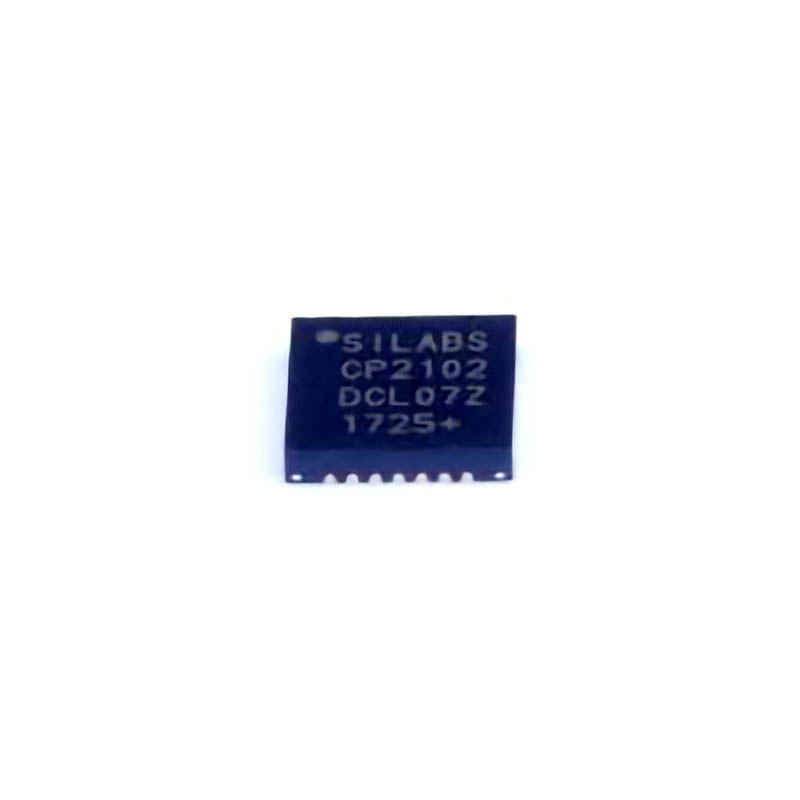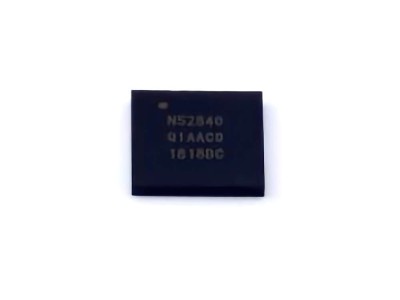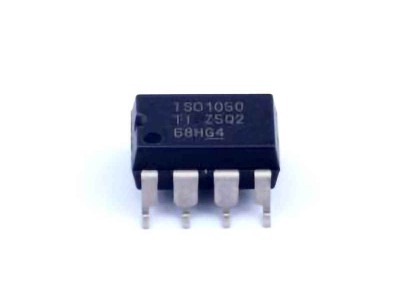
Understanding the CP2102-GMR and Its Importance
The CP2102-GM R is a popular USB-to-UART bridge chip manufactured by Silicon Labs. It is widely used to enable Communication between USB devices and microcontrollers or other UART-based systems. Whether you’re a hobbyist working on a DIY electronics project or a professional dealing with embedded systems, the CP2102-GMR can be essential for seamless data transfer and serial communication.
However, like any electronic component, the CP2102-GMR can encounter issues that disrupt its functionality. In this article, we’ll cover the most common troubleshooting challenges and solutions to help you maintain optimal performance.
Common Issues with CP2102-GMR and How to Troubleshoot Them
1. Driver Installation Problems
One of the most frequent issues faced by users is difficulty in installing the CP2102-GMR drivers. This can prevent the chip from being recognized by your computer, leading to connectivity issues.
Solution: Ensure that you download the latest drivers directly from Silicon Labs’ official website to guarantee compatibility with your operating system. During the installation process, disable any antivirus or firewall software temporarily, as they may interfere with the installation. If the installation fails, try running the installer as an administrator. You can also use the Device Manager (Windows) to manually update the driver by pointing it to the downloaded files.
2. Device Not Recognized by the Computer
Even after successful driver installation, your computer may still not recognize the CP2102-GMR module . This issue often relates to connectivity problems or incorrect configuration.
Solution: First, make sure that the CP2102-GMR module is securely connected to the USB port. Try a different USB port or cable to rule out issues with the physical connection. If the device still isn’t recognized, check the BIOS settings to ensure USB legacy support is enabled. Additionally, verify that the CP2102-GMR is not disabled in the Device Manager.
3. Communication Issues and Data Loss
Intermittent data loss or communication errors can be a major roadblock, especially for applications that rely on real-time data transmission. This problem could be due to incorrect baud rates, data bits, or other configuration settings.
Solution: Double-check the settings in your terminal software or code to make sure they match the device’s communication specifications. Common parameters to review include baud rate, parity, data bits, and stop bits. A mismatch in these settings can lead to data corruption or loss. Try lowering the baud rate to see if stability improves, and ensure that any flow control settings are properly configured. Additionally, make sure your USB-to-UART cable is of high quality and not prone to interference or degradation.
4. Power Supply Issues
Insufficient or unstable power supply can lead to erratic behavior or complete failure of the CP2102-GMR module.
Solution: Verify that your power supply is capable of providing the necessary voltage and current. The CP2102-GMR typically operates at 3.3V or 5V, depending on the configuration. Check if your power source matches these specifications. Using a stable power source with a sufficient current rating can help prevent issues like sudden disconnections or data transfer failures.
5. Software Compatibility Problems
Some users may experience compatibility issues with their development environment or third-party applications, causing the CP2102-GMR to malfunction.
Solution: Confirm that the software or development platform you are using supports the CP2102-GMR. Most common IDEs (Integrated Development Environments) have built-in support for USB-to-UART bridges, but sometimes configuration adjustments are needed. Ensure that the correct COM port is selected in your software settings. Additionally, update your software or IDE to the latest version to minimize compatibility issues.
Advanced Troubleshooting Steps for CP2102-GMR
6. Hardware Issues and Faulty Connections
Faulty wiring or damaged components on the CP2102-GMR module can lead to connectivity issues. These problems might include broken solder joints, damaged USB connectors, or malfunctioning pins.
Solution: Inspect the CP2102-GMR module and connected circuitry visually for any signs of damage or wear. Use a multimeter to test continuity between pins and ensure there are no open circuits or shorts. Reflow any solder joints if necessary and check that all connections are secure and properly insulated. If you discover a damaged module, replacing it with a new one is the most effective solution.
7. High USB Port Utilization
If your computer has multiple USB devices connected simultaneously, it could lead to a high level of resource utilization, affecting the performance of your CP2102-GMR module.
Solution: Disconnect any unnecessary USB devices to free up bandwidth and power for the CP2102-GMR. This can reduce the likelihood of data transfer interruptions and improve stability. You can also connect your device to a dedicated USB port that’s directly connected to the motherboard, as these ports generally offer better power and data management than hub-connected ports.
8. Incorrect Baud Rate Configuration
Baud rate mismatches can cause communication errors, making it difficult for data to be transmitted accurately.
Solution: Ensure that the baud rate configuration in your software matches the settings of the CP2102-GMR module. Use a common value such as 9600 or 115200 bps for reliable communication, but consult your specific application requirements for optimal results. If you’re unsure, start with a lower baud rate and gradually increase it to identify the threshold at which stability is maintained.
9. Software Updates and Patches
Outdated drivers or firmware can contribute to persistent issues with the CP2102-GMR.
Solution: Check the Silicon Labs website regularly for firmware updates and patches for your CP2102-GMR. Keeping your drivers and firmware up-to-date can resolve known bugs and improve the overall performance and compatibility of the device. It’s also a good idea to follow user forums and community discussions for tips on potential software fixes and updates.
10. Using Debugging Tools
When basic troubleshooting steps don’t resolve your problem, advanced debugging tools can help pinpoint the issue.
Solution: Use serial monitoring and analysis tools to capture data traffic and detect anomalies in communication. Tools such as PuTTY, RealTerm, or the serial monitor in Arduino IDE can help you identify any patterns in data loss or transmission errors. Analyzing logs and data patterns can provide clues on where the problem might lie, helping you to make targeted fixes.
Conclusion: Keep Your CP2102-GMR Running Smoothly
The CP2102-GMR USB-to-UART bridge is a reliable and versatile component, but like any device, it can encounter problems that require troubleshooting. By following the tips and solutions outlined above, you can address common issues efficiently and ensure the stability and performance of your CP2102-GMR module. Whether it’s checking driver installations, configuring software settings, or using the right power source, these troubleshooting steps will help you get the most out of your device and maintain seamless connectivity.
If you’re looking for models of commonly used electronic components or more information about CP2102-GMR datasheets, compile all your procurement and CAD information in one place.
(Partnering with an electronic component supplier) sets your team up for success, ensuring that the design, production and procurement processes are streamlined and error-free. (Contact us) for free today


